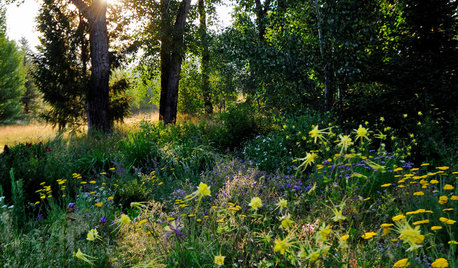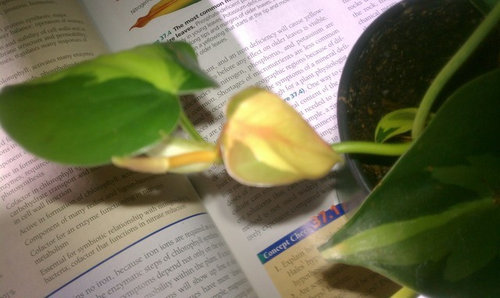Coir Nutrient Issue? Might be a question for Al.
kwie2011
9 years ago
Related Stories

NATIVE PLANTSWhy Aggressive Plants Might Actually Be Your Friends
Sometimes a garden thug is exactly what’s called for
Full Story
KITCHEN DESIGN9 Questions to Ask When Planning a Kitchen Pantry
Avoid blunders and get the storage space and layout you need by asking these questions before you begin
Full Story
GREEN DECORATING8 Questions to Help You See Through Green Hype
With the ecofriendly bandwagon picking up some dubious passengers, here's how to tell truly green products and services from the imposters
Full Story
FARM YOUR YARDHow to Get Good Soil for Your Edible Garden
The nutrients in your soil feed the plants that feed you. Here are tips on getting it right — just in time for planting season
Full Story
PETSSo You Want to Get a Cat
If you're a cat lover, the joys outweigh any other issue. If you haven't lived with one yet, here are a few things to know
Full Story
FUN HOUZZHouzz Quiz: What's Your Decorating Style?
Answer these 9 questions to find out what decorating style suits you best
Full Story
MOST POPULAR10 Things to Ask Your Contractor Before You Start Your Project
Ask these questions before signing with a contractor for better communication and fewer surprises along the way
Full Story
FURNITURESmart Shopper: How to Judge Antique Furniture Quality
Pick the treasures from the trash without expert experience by learning how to evaluate antiques and what questions to ask
Full Story
GARDENING GUIDESHow to Stop Worrying and Start Loving Clay Soil
Clay has many more benefits than you might imagine
Full Story
DECLUTTERINGDecluttering — Don't Let Fear Hold You Back
Sure, you might make a mistake when tackling a decluttering project, but that's OK. Here's why
Full Story









indiana_tom
tapla (mid-Michigan, USDA z5b-6a)
Related Professionals
South Orange Landscape Architects & Landscape Designers · Manchester Landscape Contractors · Allentown Landscape Contractors · Bound Brook Landscape Contractors · Corona Landscape Contractors · Davis Landscape Contractors · Essex Landscape Contractors · Kearny Landscape Contractors · Middleton Landscape Contractors · Pahrump Landscape Contractors · Raleigh Landscape Contractors · River Ridge Landscape Contractors · Tamarac Landscape Contractors · Lake Elsinore Interior Designers & Decorators · Van Wert Interior Designers & Decoratorskwie2011Original Author